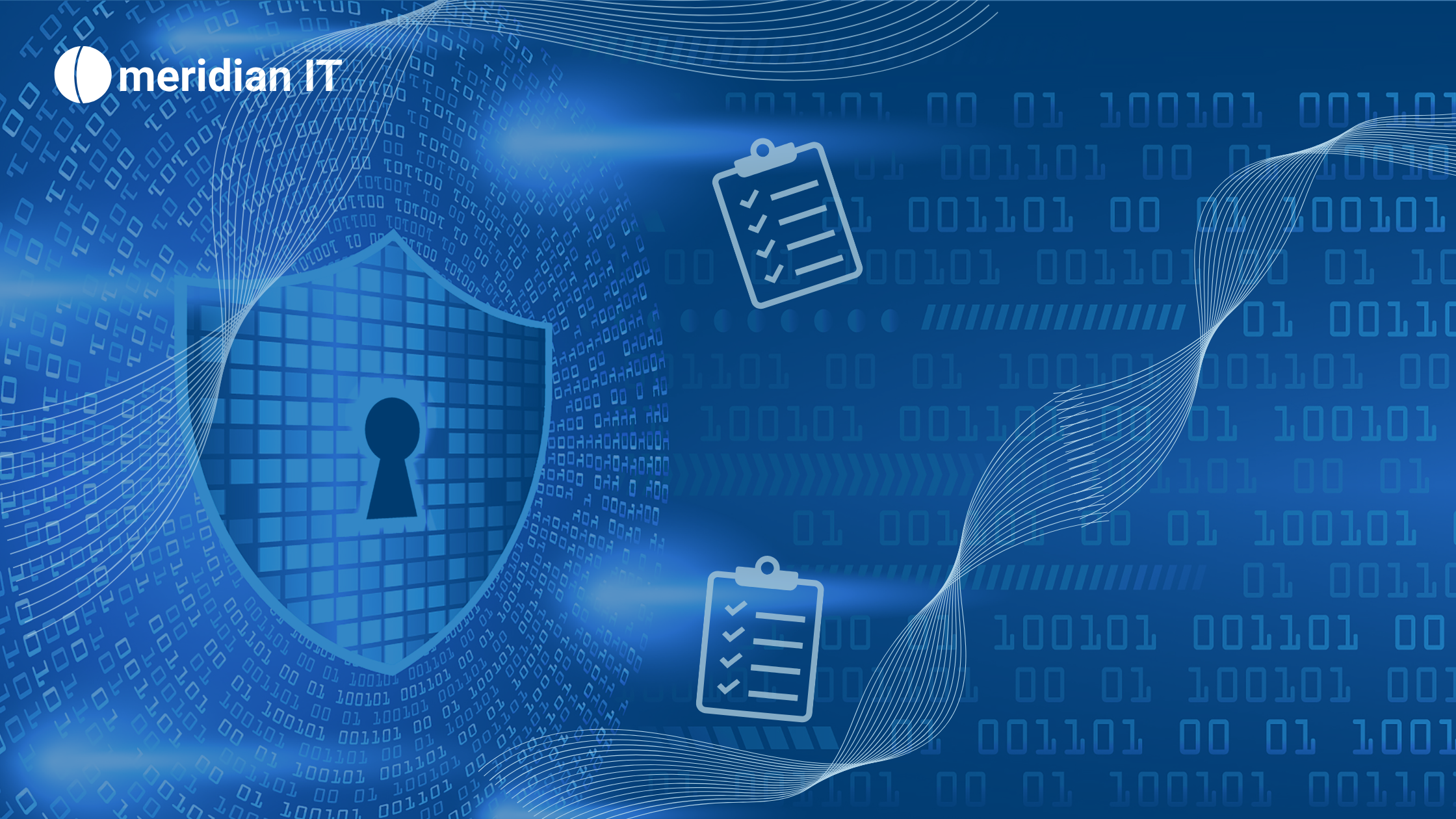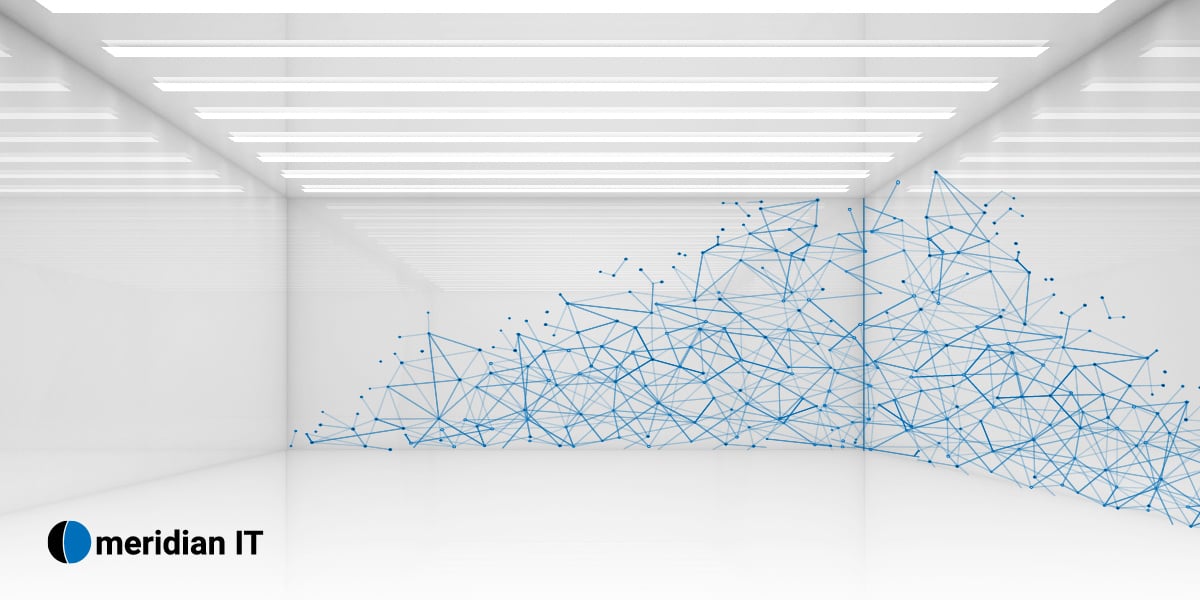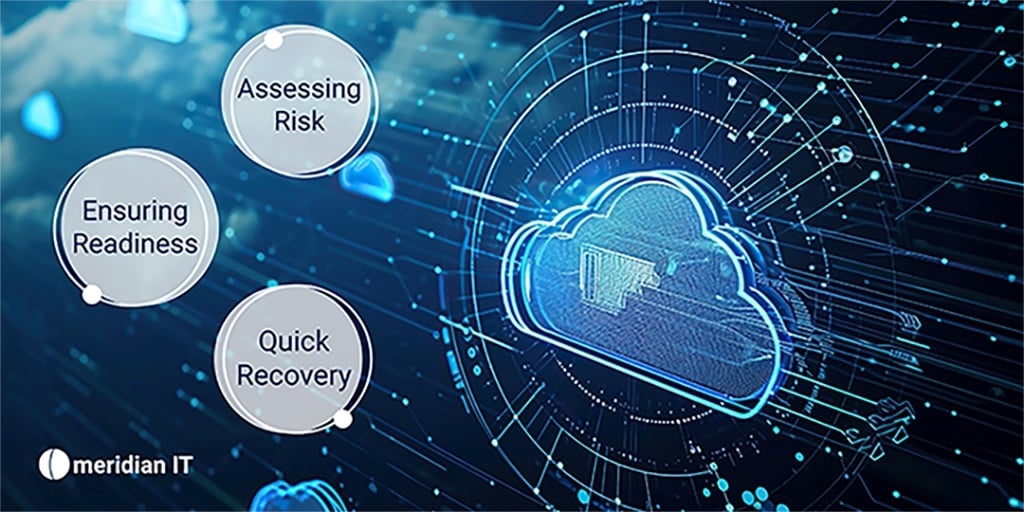In today's world, businesses must prioritize disaster recovery as a vital strategy component. Rapid technological changes and unexpected risks make it essential to have a solid plan in place. Companies need recovery plans that minimize risks and ensure continuity during disruptions. Whether faced with a natural disaster or a cyber threat, the circumstances constantly evolve, prompting organizations to rethink and enhance their recovery strategies.
The Evolving Risk Landscape
Today's businesses encounter a wide range of risks that threaten their operations. Whether it's a cyber-attack, a data breach, or a natural disaster, the potential for significant disruption is always present.
However, specific trends and threats require special attention:
- Increased Cybersecurity Threats: With AI and machine learning advancements, cybercriminals are creating increasingly sophisticated methods to infiltrate systems. Companies must strengthen their cybersecurity protocols to protect sensitive information and uphold trust.
- Climate Change and Natural Disasters: The frequency and intensity of natural disasters have increased, posing a significant threat to physical infrastructure. As companies carefully evaluate their operational needs, they should implement measures to mitigate the impact of events such as natural disasters.
- Global Supply Chain Vulnerabilities: Recent global events have exposed significant vulnerabilities in supply chains, highlighting the critical need for resilient and adaptable systems. As disruptions become more common, companies must prioritize the development of robust strategies to manage these challenges.
Effective Disaster Recovery Tactics
Enterprises aiming to protect themselves must implement comprehensive disaster recovery strategies.
Here are key tactics that can make a significant difference:
- Regular Risk Assessments: Conduct thorough assessments to identify vulnerabilities and gaps in current disaster recovery plans. Staying ahead starts with understanding potential weaknesses and addressing them proactively.
- Cloud-Based Solutions: The cloud continues to be a game-changer. Utilizing cloud-based solutions provides cost-effective data storage and ensures that data can be recovered from anywhere, minimizing downtime.
- Advanced Backup Solutions: Implement incremental and differential backup solutions that automatically update without manual intervention. This approach ensures real-time data protection and enables quick recovery during unexpected losses.
- Distributed Network Infrastructure: A decentralized network infrastructure can significantly reduce the risk of a complete network collapse. Enterprises should focus on redundancy and failover systems to maintain operational integrity.
- Employee Training and Awareness: Human error remains a significant cause of data breaches. Regular training helps ensure staff are aware of the latest threats and know how to respond during a disaster.
Harnessing the Power of Community and Collaboration
In addition to technological advancements, building a support community is crucial for effective disaster recovery. Collaborative efforts among businesses, governmental bodies, and industry experts can significantly enhance an enterprise's ability to respond to crises:
- Industry Alliances: Forming alliances with other companies can provide a wealth of collective knowledge and resources. Sharing best practices and learning from other organizations' experiences can offer valuable insights into effective disaster recovery.
- Public-Private Partnership: Partnering with government agencies and NGOs can offer additional support layers. These partnerships can facilitate resource sharing, grant access to public infrastructure, and ensure coordinated responses during significant crises.
- Continual Dialogue and Feedback: Maintaining open lines of communication with stakeholders, including customers, employees, and suppliers, can foster trust and adaptability. Feedback loops allow enterprises to refine recovery strategies continuously and maintain alignment with evolving risks.
By focusing on collaboration and community, enterprises can develop stronger, more resilient recovery strategies that benefit individual organizations and strengthen the wider business ecosystem.
Prepare for the Future with Confidence
A well-planned disaster recovery strategy is a company's best defense against an unpredictable future. Businesses can maintain operational resilience by understanding potential threats, leveraging technology, and preparing their workforce.
Elevate your recovery plans with our powerful mProtect solution. Designed to fortify your enterprise, it offers advanced data protection and seamless backup options that you can rely on. Contact Meridian IT to learn how mProtect can help strengthen your cybersecurity and business continuity strategy.



